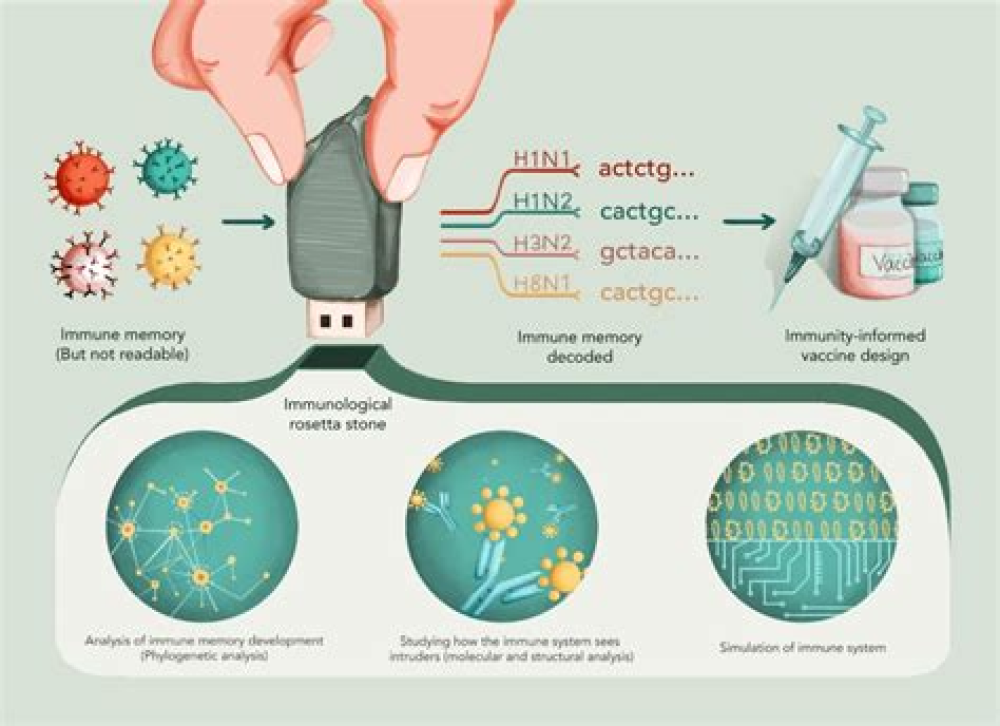Authors: Alessandro Sette 1 2, Shane Crotty 3 4
Abstract
T cell reactivity against SARS-CoV-2 was observed in unexposed people; however, the source and clinical relevance of the reactivity remains unknown. It is speculated that this reflects T cell memory to circulating ‘common cold’ coronaviruses. It will be important to define specificities of these T cells and assess their association with COVID-19 disease severity and vaccine responses.
As data start to accumulate on the detection and characterization of SARS-CoV-2 T cell responses in humans, a surprising finding has been reported: lymphocytes from 20–50% of unexposed donors display significant reactivity to SARS-CoV-2 antigen peptide pools1,2,3,4.
In a study by Grifoni et al.1, reactivity was detected in 50% of donor blood samples obtained in the USA between 2015 and 2018, before SARS-CoV-2 appeared in the human population. T cell reactivity was highest against proteins other than the coronavirus spike protein, but T cell reactivity was also detected against spike. The SARS-CoV-2 T cell reactivity was mostly associated with CD4+ T cells, with a smaller contribution by CD8+ T cells1. Similarly, in a study of blood donors in the Netherlands, Weiskopf et al.2 detected CD4+ T cell reactivity against SARS-CoV-2 spike peptides in 1 of 10 unexposed subjects and against SARS-CoV-2 non-spike peptides in 2 of 10 unexposed subjects. CD8+ T cell reactivity was observed in 1 of 10 unexposed donors. In a third study, from Germany, Braun et al.3 reported positive T cell responses against spike peptides in 34% of SARS-CoV-2 seronegative healthy donors. Finally, a study of individuals in Singapore, by Le Bert et al.4, reported T cell responses to nucleocapsid protein nsp7 or nsp13 in 50% of subjects with no history of SARS, COVID-19, or contact with patients with SARS or COVID-19. A study by Meckiff using samples from the UK also detected reactivity in unexposed subjects5. Taken together, five studies report evidence of pre-existing T cells that recognize SARS-CoV-2 in a significant fraction of people from diverse geographical locations.
These early reports demonstrate that substantial T cell reactivity exists in many unexposed people; nevertheless, data have not yet demonstrated the source of the T cells or whether they are memory T cells. It has been speculated that the SARS-CoV-2-specific T cells in unexposed individuals might originate from memory T cells derived from exposure to ‘common cold’ coronaviruses (CCCs), such as HCoV-OC43, HCoV-HKU1, HCoV-NL63 and HCoV-229E, which widely circulate in the human population and are responsible for mild self-limiting respiratory symptoms. More than 90% of the human population is seropositive for at least three of the CCCs6. Thiel and colleagues3 reported that the T cell reactivity was highest against a pool of SARS-CoV-2 spike peptides that had homology to CCCs.
What are the implications of these observations? The potential for pre-existing crossreactivity against COVID-19 in a fraction of the human population has led to extensive speculation. Pre-existing T cell immunity to SARS-CoV-2 could be relevant because it could influence COVID-19 disease severity. It is plausible that people with a high level of pre-existing memory CD4+ T cells that recognize SARS-CoV-2 could mount a faster and stronger immune response upon exposure to SARS-CoV-2 and thereby limit disease severity. Memory T follicular helper (TFH) CD4+ T cells could potentially facilitate an increased and more rapid neutralizing antibody response against SARS-CoV-2. Memory CD4+ and CD8+ T cells might also facilitate direct antiviral immunity in the lungs and nasopharynx early after exposure, in keeping with our understanding of antiviral CD4+ T cells in lungs against the related SARS-CoV7 and our general understanding of the value of memory CD8+ T cells in protection from viral infections. Large studies in which pre-existing immunity is measured and correlated with prospective infection and disease severity could address the possible role of pre-existing T cell memory against SARS-CoV-2.
For More Information: https://www.nature.com/articles/s41577-020-0389-z
